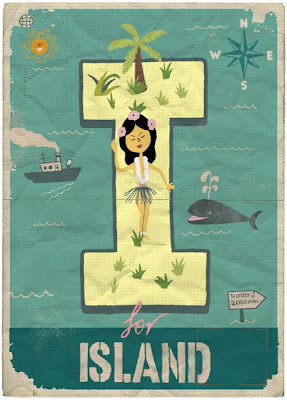"I would drive around National City where I was living and randomly shoot out of the window with the camera without even looking and drive with the other hand. Wherever I shot, I would note down the location. In another series, I matched random photographs with statements. For instance, there'd be a statement about photography - about how the eye depicted, how the picture frame shouldn't be divided in half - and then I'd have a photograph with maybe a post right down the middle, and I'd match those two. Or in another one, I'm standing in front of a palm tree - you're not supposed to stand in front of trees because they look like they're growing out of your head - with an inscription that came from a book on composition about the right way and the wrong way. 8 You'd have the right image and the wrong image. I loved that there'd be wrong things, so that's why I titled it Wrong."









the man himself... in venice, no less.











































